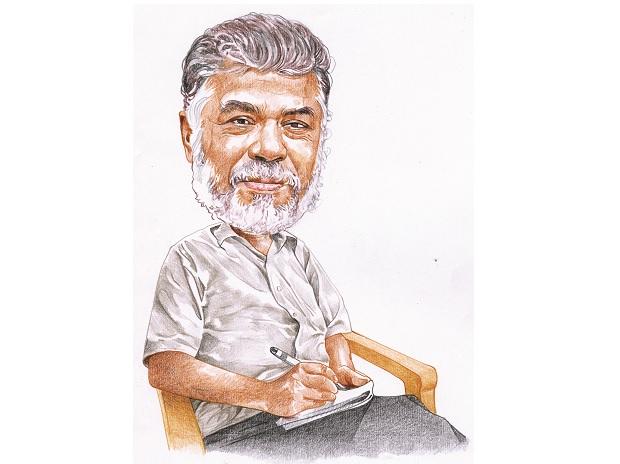


We are immediately shown the harsh, inhospitable landscape of Kumaresan’s farming village, and how greatly it contrasts Saroja’s native city. In this respect, the work is a triumph, understanding its inherent simplicity and wasting no time in setup and execution. The novel is noticeably short and sticks to a single, linear plot with only a few flashbacks and deviations from the story at hand. No specific castes are named, an intriguing choice that keeps the narrative somewhat ambiguous, but the imbalance is clear from the very onset. This decision proves ultimately perilous as the villagers immediately suspect disparate castes, citing Saroja’s fair skin against Kumaresan’s dark skin, and set their minds to destroying the union. With inter-caste violence at the novel’s center, he depicts the travails of a young couple, Saroja and Kumaresan, as they marry and settle in Kumaresan’s village. This is no exception in Pyre, nor does Murugan shy away from controversy. Murugan’s best-known novels, One Part Woman and The Story of a Goat, center on social issues in rural India. Partly to appreciate an author I’d heard so much about, and partly in hopes of comprehending a little of what my father loves. It is with gratitude that I read Aniruddhan Vasudevan’s translation of Pyre by the well-known Tamil writer Perumal Murugan. I recognize the lilt and sounds of the Tamil language but am unable to read it written, or even parse out individual spoken words. It is not his first language but it’s the one, to him, forever linked to literature.

My knowledge of Tamil is limited to my father’s voice.


 0 kommentar(er)
0 kommentar(er)
